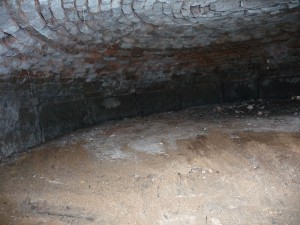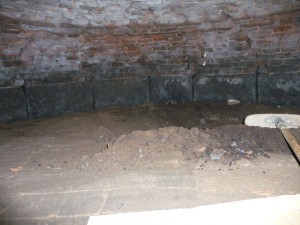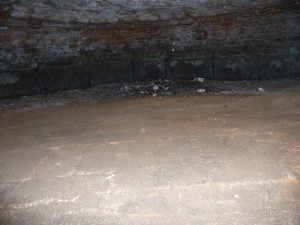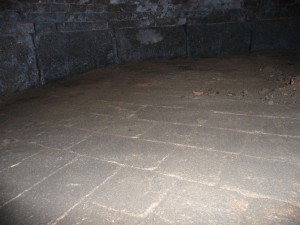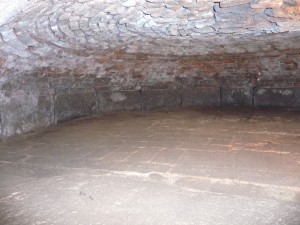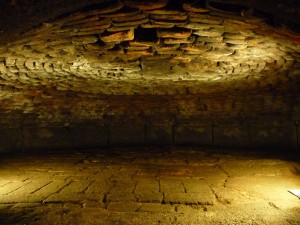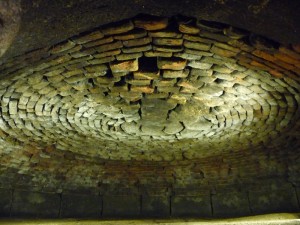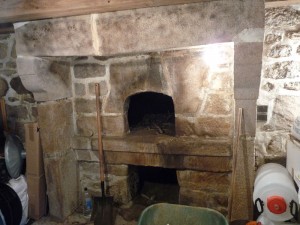 One of the ( many ) attractions of the tiny property that we moved to in central France was the fact that it contains a bread oven. In fact, the bread oven was the main function of the building when constructed some time in the 16th or 17th century, to provide bread for the neighbouring farm, a common arrangement back then. The original building consists of the oven, a small room to access it and to prepare the dough, plus a room directly above. Compact and functional might be an appropriate way to describe the space.
One of the ( many ) attractions of the tiny property that we moved to in central France was the fact that it contains a bread oven. In fact, the bread oven was the main function of the building when constructed some time in the 16th or 17th century, to provide bread for the neighbouring farm, a common arrangement back then. The original building consists of the oven, a small room to access it and to prepare the dough, plus a room directly above. Compact and functional might be an appropriate way to describe the space.
We knew that the oven is in very good condition for its age. Unusually for such an old structure, one that hasn’t seen active use since the 1930’s, its domed roof, constructed from many dozens of small, precisely cut granite blocks, appeared to be intact.
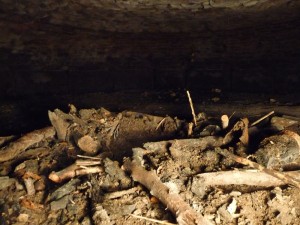 We had been unable to check it in detail, because it is very large, and we had not had sufficient light available to view clearly all the way to the back. Also, the oven floor appeared to have lost its stones; all we could see was a thick layer of dirt, covered with the debris of small fires lit during its time as a holiday home.
We had been unable to check it in detail, because it is very large, and we had not had sufficient light available to view clearly all the way to the back. Also, the oven floor appeared to have lost its stones; all we could see was a thick layer of dirt, covered with the debris of small fires lit during its time as a holiday home.
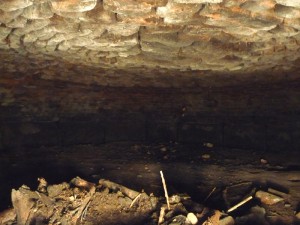 We had dreams of utilising it one day, but, given we thought we would have to replace the floor, this prospect seemed a long way off.
We had dreams of utilising it one day, but, given we thought we would have to replace the floor, this prospect seemed a long way off.
A month after moving in, having gotten ourselves into a semi-organised state ( most things out of boxes, at any rate ), we decided on a whim one day to take a closer look at the oven, to see if we could clean it.
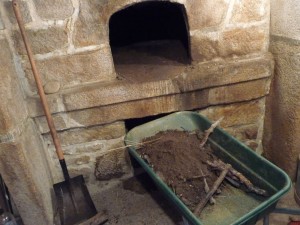 After the first attempt at clearing out the dirt and debris we thought we could see and feel something more solid on the base.
After the first attempt at clearing out the dirt and debris we thought we could see and feel something more solid on the base.
More brushing revealed the outline of a stone floor.
Yet more brushing, climbing into the oven to reach all the way to the back, revealed progressively more detail, the excitement mounting with each new area uncovered.
What we discovered, after a few hours brushing, scraping and washing, is that the oven and its floor are almost perfectly intact. It is eight foot in diameter, twenty inches high, would bake a fair few loaves. The roof is constructed of small granite stones cut to around six inches in length, and is insulated by eighteen inches of earth in the center, more to the sides, so a very high mass, and thus very efficient at storing its heat.
Half of the floor is cut stone laid in a regular pattern. The other half consists of larger, much more irregular pieces, that we originally thought are more roughly cut stone. However, we have subsequently realised that this is more likely to be a large granite bolder that the oven has been constructed around. One or two of the roof stones are broken and might need replacing, but it is in remarkable condition for a four or five hundred year old structure.
A couple of videos show the before and after in more detail.
Before ( no commentary ) :
After ( rambling commentary ) :

